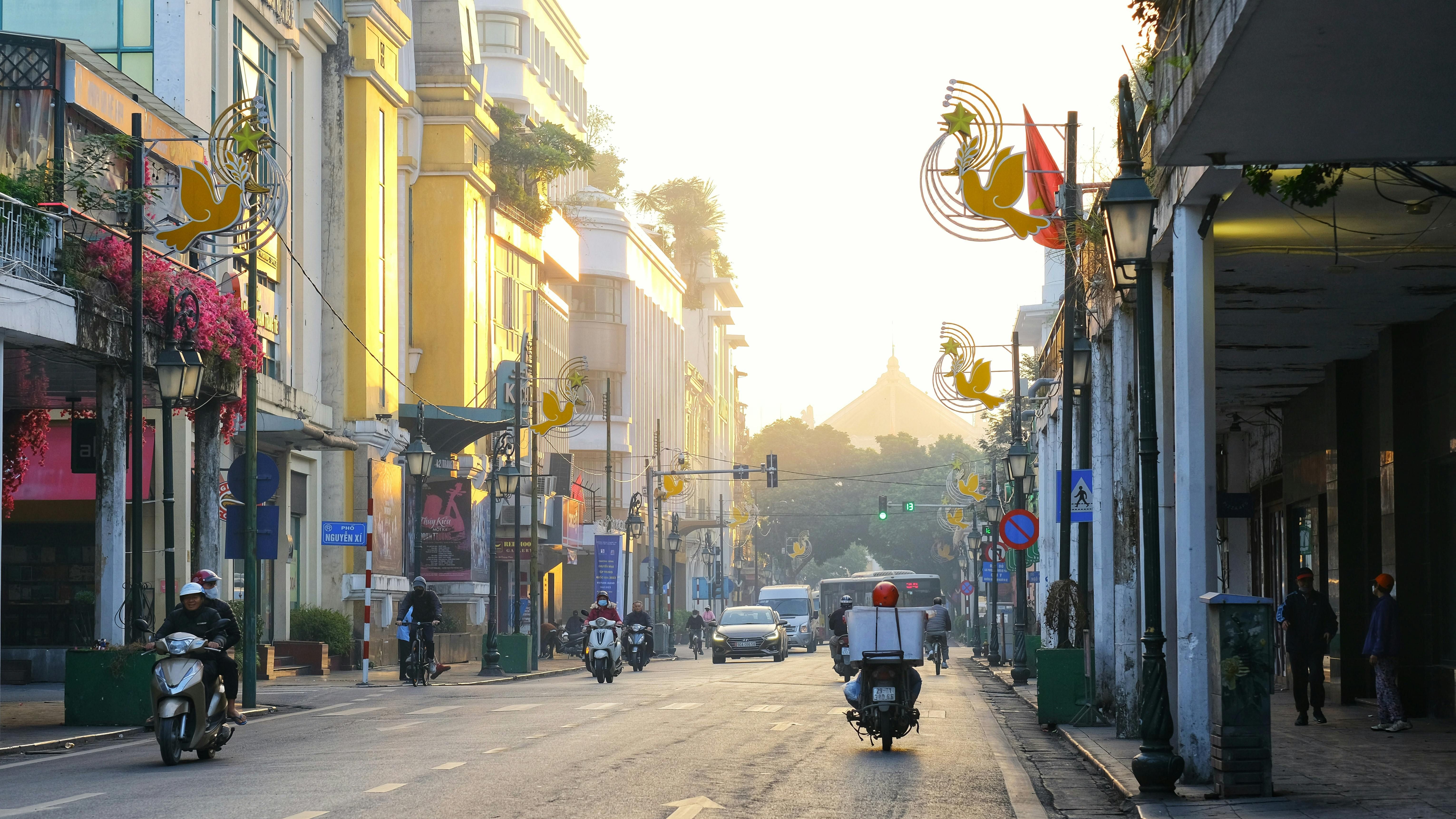
Hoi An Old Town vs. Hanoi Old Quarter: A Comparative Guide
When it comes to exploring Vietnam's cultural heritage, both Hoi An Old Town and Hanoi Old Quarter stand out as must-visit destinations. Each area offers a unique glimpse into the country's past and present, with their own distinctive charms. Here's a detailed comparison to help you decide which historical district suits your travel preferences.
Hoi An Old Town

Hoi An Old Town, a UNESCO World Heritage site, is renowned for its well-preserved architecture and vibrant cultural scene. Its compact size makes it easy to explore on foot, and its picturesque streets are lined with traditional wooden houses, ancient temples, and colorful lanterns.
Key Attractions:
- Japanese Covered Bridge: A symbol of Hoi An, this 18th-century bridge showcases a blend of Japanese and Vietnamese architecture. It’s one of the most photographed spots in the city.
- Hoi An Ancient House: This traditional house offers a glimpse into Hoi An’s past with its well-preserved interiors and historical artifacts.
- Hoi An Night Market: The market is a feast for the senses, with local street food, handmade crafts, and glowing lanterns creating a lively atmosphere.

Unique Aspects:
- Cultural Festivals: Hoi An hosts several traditional festivals throughout the year, including the Lantern Festival, which transforms the town into a magical display of lights.
- Tailoring Shops: The town is famous for its tailor shops, where visitors can have custom-made clothing crafted in just a day or two.
Hanoi Old Quarter

Hanoi Old Quarter is the bustling heart of Vietnam’s capital city. Known for its vibrant street life, historical landmarks, and colonial-era architecture, it offers a dynamic experience of urban Vietnamese culture.
Key Attractions:
- Hoan Kiem Lake: This iconic lake, with its Ngoc Son Temple and picturesque surroundings, is a serene escape in the midst of the city’s hustle and bustle.
- St. Joseph’s Cathedral: A striking example of Gothic architecture, this cathedral is a prominent feature of Hanoi’s skyline.
- Old Quarter Streets: The area is divided into streets named after the goods traditionally sold there, such as Hang Bac (Silver Street) and Hang Gai (Silk Street).

Unique Aspects:
- Street Food Scene: Hanoi’s Old Quarter is famous for its diverse and delicious street food, including Pho, Bun Cha, and Egg Coffee. Street food tours are a popular way to experience the local cuisine.
- Cultural Heritage: The Old Quarter’s narrow streets and traditional shophouses offer a glimpse into Hanoi’s rich history and colonial past.
Comparison
- Atmosphere: Hoi An Old Town offers a quieter, more relaxed atmosphere with its slower pace and charming streets. In contrast, Hanoi Old Quarter is vibrant and bustling, reflecting the energy of a major city.

- Architecture: While both areas feature historical architecture, Hoi An’s buildings are a mix of Chinese, Japanese, and Vietnamese styles, whereas Hanoi’s Old Quarter showcases a blend of traditional Vietnamese and colonial French architecture.
- Activities: Hoi An is ideal for leisurely exploration, shopping for tailor-made clothing, and enjoying traditional festivals. Hanoi offers a more urban experience with a rich street food culture, historical sites, and bustling markets.

Conclusion
Whether you choose to explore Hoi An Old Town or Hanoi Old Quarter, both destinations offer enriching experiences that highlight different facets of Vietnam’s cultural heritage. Hoi An’s charm lies in its preserved architecture and tranquil atmosphere, while Hanoi’s Old Quarter pulses with energy and historical depth.
For an unforgettable Vietnamese adventure, consider extending your journey to include both destinations. And if you're planning to explore more of Vietnam, our Halong Bay cruise tours offer a scenic and relaxing way to experience the country’s natural beauty.